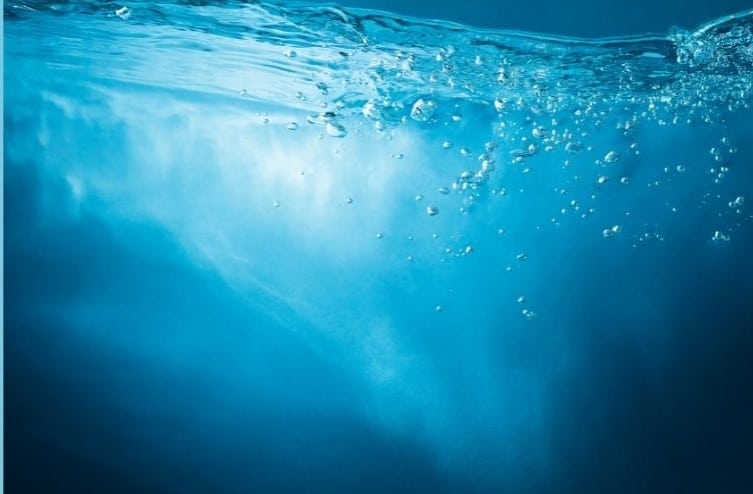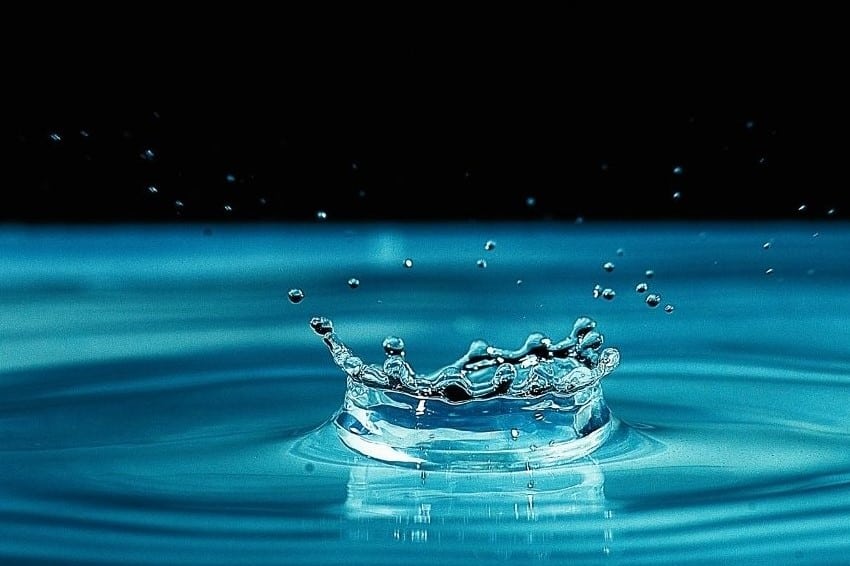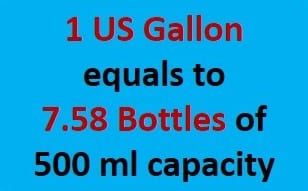Heavy water differs from ordinary water in that its hydrogen nucleus contains both neutrons and protons, whereas ordinary water hydrogen contains only one neutron. Such an isotope of hydrogen with one neutron and one proton is called deuterium, and heavy water is more scientifically known as deuterium oxide, abbreviated as D2O.

The vast majority of hydrogen atoms lack neutrons; these atoms are the lightest possible due to having only one electron and one proton. Rare hydrogen isotopes, such as deuterium and tritium, have neutrons. Tritium has two neutrons and is an unstable element that does not exist in nature.
Table of Contents
Protium Deuterium & Tritium
Protium
Protium is the name given to the most basic hydrogen atom, which consists of a single proton surrounded by a single electron.
An atom with the same number of protons but a different number of neutrons is called an isotope of that element. The letter H stands for protium, which is the normal form of hydrogen. Protium is a one-proton element with no neutrons.
Deuterium
Deuterium, commonly known as “heavy hydrogen,” is found in nature but is rare, accounting for just one out of every 6,420 hydrogen atoms. It, like hydrogen, reacts with oxygen to form “heavy water,” a material that resembles regular water in appearance and behavior but is somewhat heavier and has a higher freezing point of 3.8 degrees Celsius (38.4 degrees Fahrenheit). It contains one neutron.
Tritium
Tritium is a radioactive element because it has two extra neutrons. It has a half-life of 12.28 years. In order to make tritium, nuclear reactors must be used. There is no natural source of tritium. As long as you handle and store tritium the right way, it can be useful even though its radiation isn’t very safe. (Check Arrhenius equation to know more about chemical reactions and the effect of temperature)
Properties of H
Hydrogen is a nontoxic, nonmetallic, odorless, tasteless, colorless, and highly flammable diatomic gas having the molecular formula H2 at normal temperature and pressure. Hydrogen may also be found in chemical substances like hydrocarbons and water on Earth.
Hydrogen Oxide
The diatomic anion hydrogen oxide (Hydroxide) has the chemical formula OH. It is composed of oxygen and hydrogen atoms joined by a single covalent bond and have a negative electric charge. It is a significant but, in most cases, minor component of water.
Distilled water
Distilled water is obtained by boiling water, collecting the steam produced, and condensing it back into the water, providing clean water with no dissolved particles. It is the most transparent water accessible. The pH of distilled water is 7.
Frequently Asked Questions
1. What is the weight of water?
1 liter of water should weigh 1 kilogram.
1 Liter = 1000 cm3 and 1 kilogram = 1 Liter of water
At 17 °C, one US gallon of water weighs 8.345 pounds or 3.785 kg, but one Imperial gallon of water weighs 10.02 pounds or 4.545 kg. Click to find more details about the weight of water.
2. What is the density of water?
At 4.0°C (39.2°F), the density of water in g/ml is 0.9998395. This is equivalent to one gram per milliliter (g/ml) or one gram per cubic centimeter (g/cm3). Check full article density of water g/ml.
3. How many cups are in a gallon?
A US liquid gallon is equal to 16 cups, while a US dry gallon is equal to 18.61 cups. In the United States, one cup equals half a pint (236.6 ml). Check the full article “How many cups are in a gallon”.
4. How many water bottles is a gallon?
7.58 bottles of water equal one gallon in the United States, and 9.10 bottles of water equal one gallon in the United Kingdom. check the full article “how many water bottles is a gallon”
5. What is water pressure?
Water pressure is the weight of the ocean pushing down on you. The higher the pressure of the water-bearing down on you, the deeper you go under the sea. The pressure rises by one atmosphere for every ten meters you descend. The pressure in the deepest ocean is over 1,000 atmospheres or the weight of an elephant poised on a postage stamp.
6. Why does oil float on water?
Oil floats on water because its density is lower than that of water. Density in liquids is defined as the amount of mass that may be filled in a cubic meter of volume. Water has a density of roughly 1000 kg/cubic meter, while oil has a density ranging from 800 to 960 kg/cubic meter.
7. What is a water molecule and how many hydrogen atoms are in a molecule of water?
Water is a substance that exists in gaseous, liquid, and solid phases and is made up of the chemical elements hydrogen and oxygen. It is one of the most abundant and necessary chemicals. At room temperature, it is a tasteless and odorless liquid with the critical capacity to dissolve many other compounds. Water’s capacity as a solvent is critical to living creatures.
A water molecule consists of two hydrogen atoms attached to the sides of a single oxygen atom.
8. What is heavy water?
Heavy water (D2O), also known as deuterium oxide, is water made up of deuterium, a hydrogen isotope with twice the mass of ordinary hydrogen, and oxygen. Heavy water is used in nuclear power plants as a neutron moderator.
9. Does heavy water ice float or sink?
Heavy water is indeed heavier than ordinary water (which naturally contains a trace amount of heavy water molecules), and heavy-water ice will sink in ordinary water.
Check another interesting topic “At what temperature does water freeze?”.
10. how many neutrons does chlorine have?
Chlorine is usually an element with 17 protons. The mass numbers of an element, on the other hand, can change, implying that it can contain varying amounts of neutrons. So, while chlorine has a mass number of 35, indicating 18 neutrons, it may also have a mass number of 37, indicating 20 neutrons.
Check more interesting topic “is chlorine a metal?”.
11. Magnesium protons neutrons electrons?
There are 12 protons, 12 neutrons, and 12 electrons in the most frequent and stable form of magnesium atom found in nature (which have a negative charge). Read another interesting topic Is MgCl2 Ionic or Covalent?
12. Is boiling water a physical change?
Yes, boiling of water is a physical change as water vapors retain the same molecular structure as liquid water.
13. What is the specific heat of water?
The specific heat of water is 4182 J/kg°C. This means that 1 kg of water takes 4182 Joules of heat to raise its temperature 1 degree Celcius.
14. Is water a pure substance?
Pure water is also known as distilled water or deionized water. In distilled water, evaporation removes all of the dissolved substances. As it evaporates, water distills or leaves the salt behind. Pure water is collected and condensed to produce distilled water.
15. What is the viscosity of water?
The viscosity of water is 0.01 P.s (Pascal seconds) at 20 degrees Celcius.
Viscosity is the resistance to fluid flow and the movement of an object through a fluid. Pascal seconds is the Poiseuille unit for viscosity (Pa s). Poise is dyne sec/cm2.
16. How many cups in a gallon?
A US liquid gallon is equal to 16 cups, and a US dry gallon is equal to 18.61 cups. In the United States, one cup equals half a pint (236.6 ml).
To get a more detailed answer, click “how many cups in a gallon.”
More Interesting Topics
SO2 Lewis Structure| 4 Simple Steps
CO Lewis Structure & Molecular Geometry
H2S Polar Or Nonpolar|
SO2 Lewis Structure| 4 Simple Steps
Is Titanium Magnetic?
Chemical Formula for Water
Is Hydrogen a Metal?
- BCl3 Lewis Structure in four simple steps - November 1, 2023
- PH3 Lewis Structure in four simple steps - October 8, 2023
- PF3 Lewis structure in four simple steps - September 24, 2023



